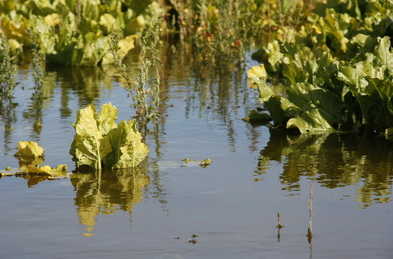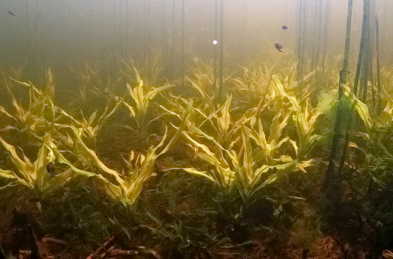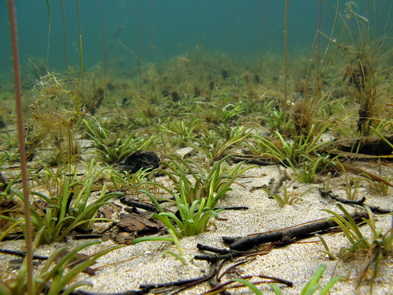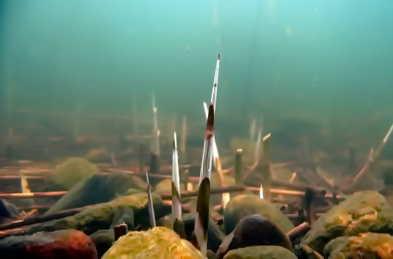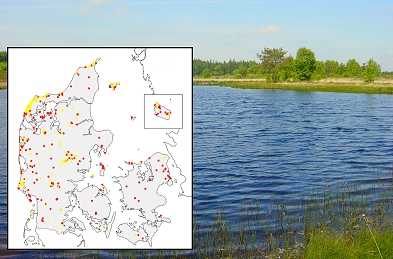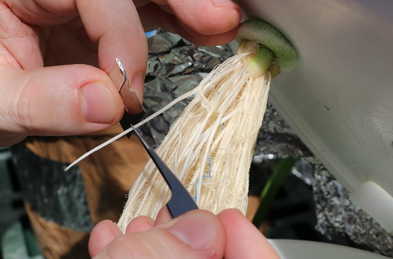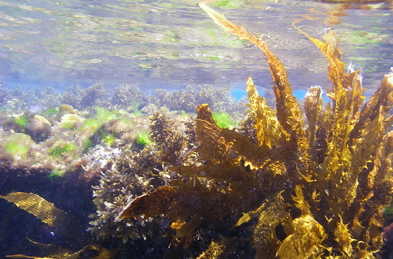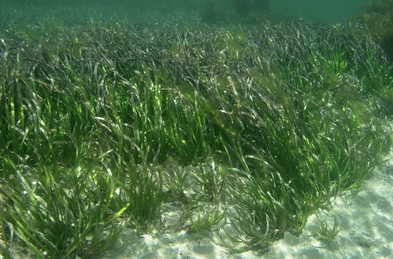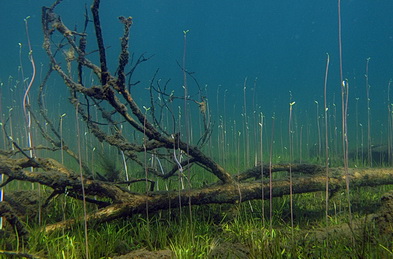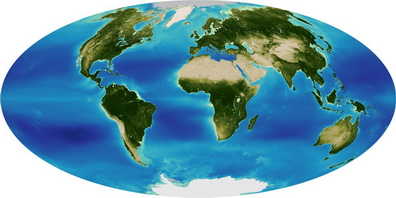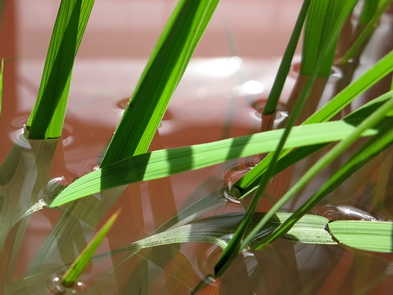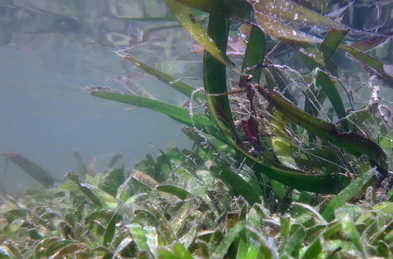Lately, Denmark has been hit by flood events like never before. The photo shows partially submerged sugar beet, a dryland crop which is extremely sensitive to excess water in the soil. Our research aims at improving flood tolerance of dryland crops to meet the demands of the future. More...
Brownification of softwater lakes
Softwater lakes are threatened by brownification caused by humic substances produced in the catchment. We currently know very little about the root causes leading to brownification and hence research is needed in order to propose management to tackle the issue. More...
Photosynthetic aquatic roots
Many wetland plants grow green photosynthetic roots during partial or complete submergence. We currently do not know how widespread the phenomenon is and how important it is to the plant. Help us to understand...
Ecophysiology of aquatic rosette plant species
Isoetids possess a peculiar physiology with some of them being CAM plants, a feature of desert plants where the trait serves to conserve water. We do not know why isoetids are only found in carbonate-poor lakes. More...
Salinity stress in rice
Rice is extremely sensitive to soil and water salinity but we have recently discovered a trait that may help breeding salt tolerant cultivars of rice. However, we need your help to pursue the idea. More...
Submergence tolerance of wetland plants
Natural wetland plants become submerged on a regular basis and thus they possess traits to enable survival during flooding. We still discover new important traits among natural plants, and some of these traits can be used to improve important crops so that these better tolerate flooding. More...
Distribution of aquatic plants in DK
In Denmark, we have unique data on distribution of aquatic plants. Some data go back more than 100 years and this enables us to study the effect of eutrophication, farming and other changes in land use over time. Come and reveal the secrets behind why nature is struggling! More...
Root responses to phytoxins
Waterlogged soils are oxygen deficient but most waterlogged soils also hold high concentrations of phytotoxins that impair root function especially of non-wetland plants. We have excellent facilties to study root responses to phytotoxins - come and have a look yourself! More...
Climate changes are already facts! An obvious consequence is the growing number of floods following torrential rains. Natural wetland plants hold many unrevealed secrets in terms of traits enabling growth in waterlogged soil. More...
Tissue tolerance of anoxia and hyperoxia
Macroalage and seagrasses experience huge diurnal fluctuations i tissue oxygen concentrations. We know very little about how the same tissue can tolerate almost 80% oxygen during the day and complete anoxia in darkness. More...
Inorganic carbon use in a climate scenario
A substantial proportion of the CO2 release by human activities is absorbed by the sea. Here, seagrasses use a combination of CO2 and bicarbonate in photosynthesis and we still do not know how the extra CO2 affects seagrass performance...
Ecology of lobelia lakes
The lobelia lake is the most common lake type of Scandinavia but it is nevertheless rare in Denmark. Approx. half of the Danish lakes are located in Nationalpark Thy and we urgently need research to help manage them in the context of a changing climate. More...
Global distribution patterns
The global distribution of wetland plants follows different patterns than those of terrestrial plants. Water chemistry is an important driver but at present, we do not how the importance of e.g., temperature, pH, bicarbonate, phosphorous, nitrogen and other essential components of the water...
Submergence tolerance in rice
Rice is a world champ in flood tolerance! However, even in rice growing areas too much water results in loss of yield. We are working with the rice germplasm to improve submergence tolerance in rice with focus in the superhydrophibic leaf cuticles...
Seagrass ecophysiology
Seagrasses cover millions of km2 worldwide and also in Denmark eelgrass is widespread and plays an important role in coastal ecology. However, seagrasses are threatened and even if we have improved the environmental conditions, they fail to recolonize and reach former glory...


